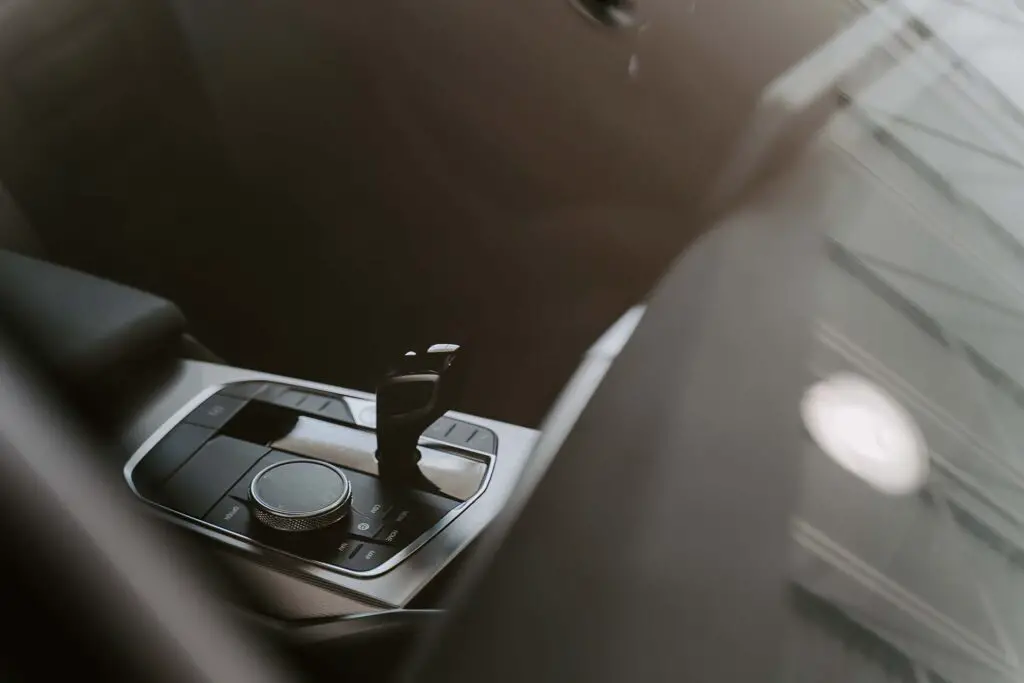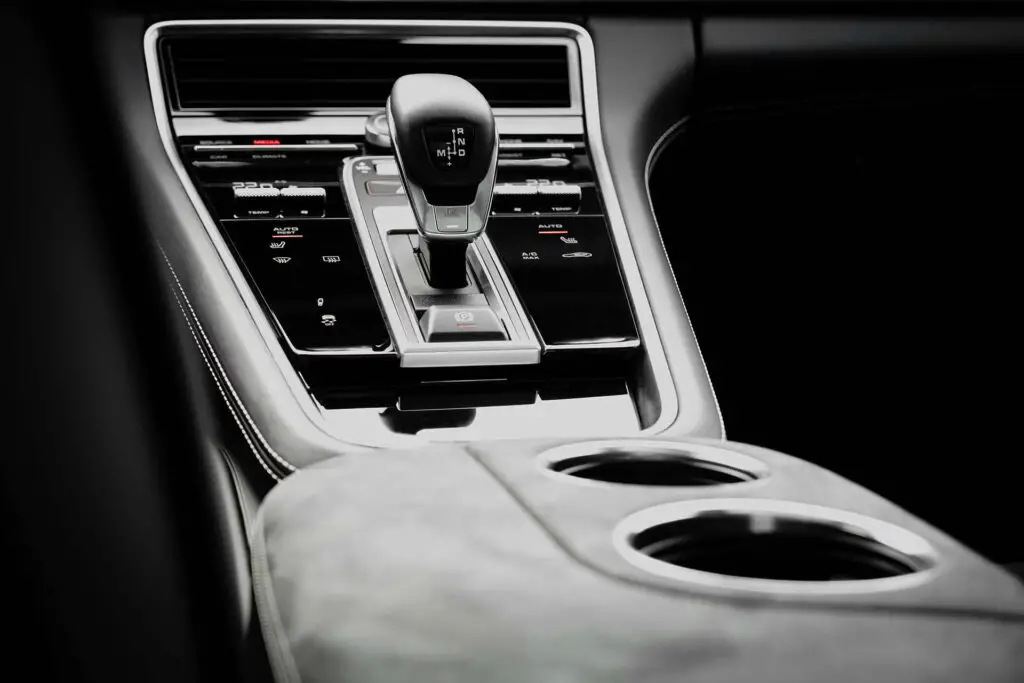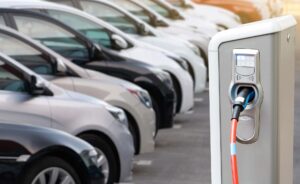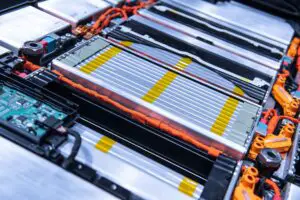The debate between manual vs. automatic vehicles remains a hot topic. Even though the manual transmission is becoming a rarity, making up less than 2.5% of vehicle sales in the United States. With less than 15% of modern models featuring these transmission options, the prevalence of automatic vehicles is on the rise. However, let’s check out the pros and cons of each type and help you make an informed decision for your driving needs.
What Are Manual Cars?
Manual vehicles, characterized by their hands-on gear shifting and clutch operation, offer a unique driving experience that has been cherished by enthusiasts for decades. These four-wheelers demand more active engagement from the driver, making them a topic of interest for those who crave a more involved driving style.
The Mechanism of Manual Transmission
The mechanism of this kind of transmission lies at the heart of what makes manual cars distinct. Unlike their automatic counterparts, manuals require the driver to manually shift gears using a clutch pedal and gear stick.
This process involves a delicate balance of engaging and disengaging the engine from the transmission to change gears. Each gear corresponds to a specific range of speeds, allowing the driver to control the vehicle’s power and speed with precision. Understanding this basic working principle is key to appreciating the manual driving experience.
Manual Transmission Benefits
Opting for a manual car comes with a set of advantages that cater to certain preferences and needs. One of the most significant benefits is cost-effectiveness. Manuals generally have a lower initial purchase price compared to automatics.
In terms of fuel efficiency, manuals often outperform automatics, as they allow drivers more direct control over the vehicle’s engine and power usage. Additionally, manually shifting gears offers unparalleled control, providing an engaging and responsive driving experience. This is why over 80% of vehicles sold in Europe feature manual transmissions, whereas in the U.S., this figure drops to a mere 3%.
Downsides of Manual Vehicles
While manuals have their advantages, they also present certain challenges that are important to consider. One of the primary drawbacks is learning to drive a manual. Mastering the coordination between the clutch, gear stick, and accelerator can be daunting and requires practice and patience. In heavy traffic conditions, besides paying attention to all the drivers’ responsibilities, you’ll constantly have to shift gears, too. This can become cumbersome, leading to a less comfortable driving experience compared to automatics.
Additionally, manual transmissions can be susceptible to quicker wear and tear if not operated correctly. Frequent stalling or improper gear shifting can lead to increased maintenance needs over time. These factors make it essential for potential manual car owners to weigh the demands and potential costs associated with this type of vehicle.

What Are Automatic Cars?
Automatics, known for their ease of use and smooth operation, have become increasingly popular in the modern automotive world. These vehicles eliminate the need for manual gear shifting, avoiding driving stress. This being said, did you know that automatic transmissions accounted for 62.4% of new car sales in the year 2021?
How Automatic Transmission Works?
Automatic transmission represents a significant advancement in automotive technology, providing driving comfort and ease. At its core, this kind of transmission works by automatically selecting the appropriate gear for the driving conditions without any manual input from the driver.
This system uses a complex arrangement of fluid pressure, gears, and sensors to adjust the gear ratio, ensuring optimal engine performance and efficiency. The transmission’s ability to adapt to varying driving conditions makes it particularly efficient and user-friendly. However, don’t forget the expanding popularity of hybrids and electric four-wheelers. After all, more people prefer a relaxed city driving style.
Pros of Automatic Vehicles
The benefits of automatics are centered around their remarkable ease of use, making them a preferred choice for many drivers. According to CarMax, 96% of Americans opt for automatic transmissions. Automatic car convenience is best seen in heavy traffic. With no need to constantly engage and disengage a clutch or shift gears, driving becomes significantly less strenuous.
This ease of use extends to making these vehicles highly suitable for drivers of all skill levels, including beginners. The simplicity and intuitive nature of automatic transmissions allow drivers to focus more on the road and less on the mechanics of driving, contributing to a safer and more comfortable driving experience.”
Cons of Automatic Four-Wheelers
However, these four-wheelers come with their own set of downsides. The most noticeable is their higher cost. Both in terms of the initial purchase price and potential maintenance expenses. These transmissions are complex systems that can be more costly to repair and maintain compared to their manual counterparts.
Additionally, automatics are often slightly less fuel-efficient than manuals. This reduced fuel efficiency stems from the additional power required to operate the automatic transmission system. These factors are important considerations for buyers, as they can impact the long-term ownership costs and overall value of the vehicle.

Make the Right Choice of Long-Distance Driving Cars for Your Relocation
The right relocation vehicle choice is a crucial decision that can significantly impact your moving experience. The debate between manual and automatics takes on added significance in this context. After all, you should balance immediate requirements with long-term considerations and ensure you make the best choice for your journey.
Consider All Your Moving Needs
Assessing your moving needs is the first step in choosing the appropriate vehicle for your relocation. Key factors to consider include the distance of your move, the type of terrain you’ll be traversing, and the load you’ll be carrying.
Long distances might favor the comfort and ease of an automatic, while manuals could offer better control and efficiency on varied terrains. Additionally, the weight and volume of your belongings can influence your choice. More robust vehicles (or maybe the world’s biggest four-wheeler) with efficient fuel consumption might be necessary for heavier loads.
What Are the Long-Term Considerations?
Beyond the immediate needs of your move, long-term considerations are equally important in selecting the right vehicle. First, compare the resale value of manual and automatic cars. Some models and transmission types hold their value better than others, impacting your financial return when it’s time to sell.
Long-term costs, including maintenance expenses, fuel efficiency, and insurance rates, vary significantly between both types and should be factored into your decision. Additionally, the availability of services, such as repair shops skilled in manual or automatic transmissions, can affect your choice, especially in a new location.

Manual vs. Automatic Car – Safety and Reliability
Choosing between manual and automatic cars involves more than just personal preference. It also encompasses considerations of safety and reliability. These factors are especially important for drivers who prioritize long-term performance and dependability.
Safety Features in Modern Cars
The safety features in modern vehicles vary considerably between the two models, each offering distinct advantages. However, considering some of the worst car crashes, you have to be aware of all features that will boost overall driving safety. Here’s the table comparing safety features in automatic cars and manual ones.
| Automatics | Manuals | |
| Adaptive Cruise Control | Maintains speed and following distance | Not available |
| Automatic Emergency Braking | Automatically applies brakes in emergencies | Not available |
| Lane-Keeping Assist | Maintains lane position through steering inputs | Only in automatics with advanced driver-assistance systems (ADAS) |
Fuel Efficiency in Cars
Manuals had the upper hand in this aspect, as they allowed drivers more direct control over gear shifts, often resulting in better fuel economy. However, advancements in automatic transmission technology, such as improved gear ratios and adaptive shift patterns, have significantly closed the gap in recent years.
Reliability and Car Maintenance – Manual vs. Automatic
Generally, manuals are considered more reliable due to their simpler design and fewer moving parts, which can result in fewer mechanical issues and potentially lower repair costs. However, the reliability in this case heavily depends on the driver’s skill and driving habits. Improper use of the clutch or gear shifting can lead to more frequent maintenance needs.
On the other hand, modern automatic transmissions have significantly improved in terms of reliability and durability, but they can still be more complex and costly to repair if issues arise. Just consider that automatics have distinctive computer systems and components that can complicate repair processes. The duration of a mechanic’s work and necessitating the use of additional replacement parts surely will take longer.

Choosing the Right Four-Wheeler for Your Needs – Manual vs. Automatic Transmission
Deciding between these two transmissions comes down to various key factors such as cost, comfort, and fuel efficiency. Manual cars are budget-friendly and efficient but require a learning curve and can be cumbersome in heavy traffic. Automatics, while easier to handle and more comfortable in traffic, typically cost more and may have lower fuel efficiency.
When choosing a car for relocation, it’s important to consider your specific needs like the journey’s distance and terrain, as well as long-term aspects like resale value and maintenance costs. The right choice should fit your personal preferences and driving style, ensuring it meets your immediate relocation needs and remains a reliable choice for the long term.
Frequently Asked Questions
Which Is Better for Long-Distance Relocation, Manual or Automatic?
For long-distance relocation, automatics are generally better due to their ease of use and comfort, especially in varied traffic conditions. They reduce driver fatigue over long journeys, making them a more convenient option for extended travel.
How Do Maintenance Costs Compare Between Manual and Automatic Cars?
Maintenance costs for automatics tend to be higher compared to manuals. Automatic transmissions are more complex and expensive to repair. In contrast, manual transmissions are simpler and often cheaper to maintain, although they can be more susceptible to wear and tear if not operated correctly.
Are Manual Cars More Fuel-Efficient Than Automatic Ones?
Traditionally, manual cars were more fuel-efficient than automatic ones. However, with advancements in technology, the gap has significantly narrowed. Modern automatics now offer fuel efficiency close to or sometimes better than their manual counterparts.
What Should a First-Time Car Buyer Choose for Relocation Purposes?
A first-time car buyer relocating should consider an automatic car for its ease of use, lower learning curve, and comfort in various driving conditions. Automatic cars can be more user-friendly and less stressful to handle, especially for those new to driving.
How Do the Safety Features in Manual and Automatic Cars Compare?
Automatics often come with more advanced safety features such as adaptive cruise control, automatic emergency braking, and lane-keeping assist, which can aid in reducing driver workload and enhancing safety. Manual cars provide a different kind of safety advantage through direct gear control, potentially increasing driver attentiveness.








